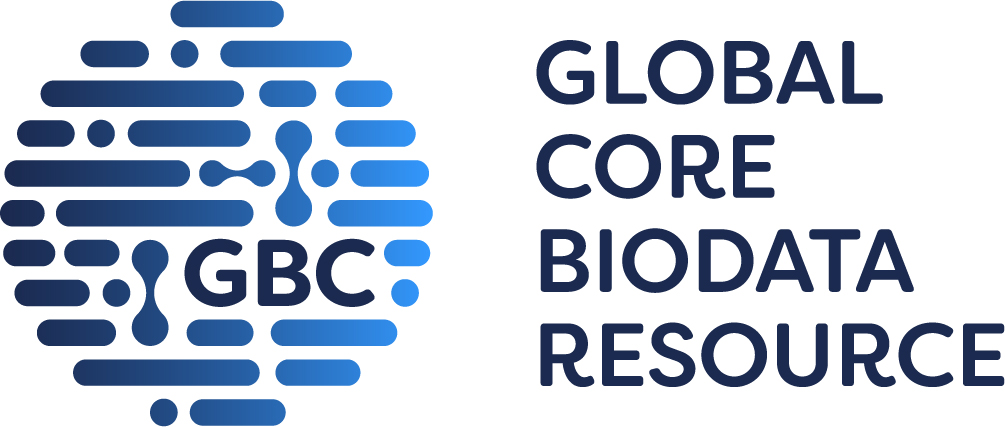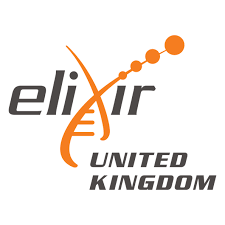
GtoPdb is requesting financial support from commercial users. Please see our sustainability page for more information.
Fc epsilon receptors: Introduction
A second identified receptor for IgE, FcεRII (CD23) is a low affinity receptor with no structural similarities to other Fc receptors. This second receptor is expressed on B cells and is involved in the regulation of IgE production [14].
References
1. Dombrowicz D, Lin S, Flamand V, Brini AT, Koller BH, Kinet JP. (1998) Allergy-associated FcRbeta is a molecular amplifier of IgE- and IgG-mediated in vivo responses. Immunity, 8 (4): 517-29. [PMID:9586641]
2. Fiebiger E, Maurer D, Holub H, Reininger B, Hartmann G, Woisetschläger M, Kinet JP, Stingl G. (1995) Serum IgG autoantibodies directed against the alpha chain of Fc epsilon RI: a selective marker and pathogenetic factor for a distinct subset of chronic urticaria patients?. J Clin Invest, 96 (6): 2606-12. [PMID:8675625]
3. Gounni AS, Lamkhioued B, Ochiai K, Tanaka Y, Delaporte E, Capron A, Kinet JP, Capron M. (1994) High-affinity IgE receptor on eosinophils is involved in defence against parasites. Nature, 367 (6459): 183-6. [PMID:8114916]
4. Hide M, Francis DM, Grattan CE, Hakimi J, Kochan JP, Greaves MW. (1993) Autoantibodies against the high-affinity IgE receptor as a cause of histamine release in chronic urticaria. N Engl J Med, 328 (22): 1599-604. [PMID:7683772]
5. Kinet JP. (1999) The high-affinity IgE receptor (Fc epsilon RI): from physiology to pathology. Annu Rev Immunol, 17: 931-72. [PMID:10358778]
6. Li X, Kimberly RP. (2014) Targeting the Fc receptor in autoimmune disease. Expert Opin Ther Targets, 18 (3): 335-50. [PMID:24521454]
7. Lin S, Cicala C, Scharenberg AM, Kinet JP. (1996) The Fc(epsilon)RIbeta subunit functions as an amplifier of Fc(epsilon)RIgamma-mediated cell activation signals. Cell, 85 (7): 985-95. [PMID:8674126]
8. Ochiai K, Wang B, Rieger A, Kilgus O, Maurer D, Födinger D, Kinet JP, Stingl G, Tomioka H. (1994) A review on Fc epsilon RI on human epidermal Langerhans cells. Int Arch Allergy Immunol, 104 Suppl 1 (1): 63-4. [PMID:8156009]
9. Okayama Y, Kashiwakura JI, Matsuda A, Sasaki-Sakamoto T, Nunomura S, Yokoi N, Ebihara N, Kuroda K, Ohmori K, Saito H et al.. (2012) The interaction between Lyn and FcεRIβ is indispensable for FcεRI-mediated human mast cell activation. Allergy, 67 (10): 1241-9. [PMID:22845063]
10. Prussin C, Metcalfe DD. (2006) 5. IgE, mast cells, basophils, and eosinophils. J Allergy Clin Immunol, 117 (2 Suppl Mini-Primer): S450-6. [PMID:16455345]
11. Tong LJ, Balakrishnan G, Kochan JP, Kinét JP, Kaplan AP. (1997) Assessment of autoimmunity in patients with chronic urticaria. J Allergy Clin Immunol, 99 (4): 461-5. [PMID:9111489]
12. Turner H, Kinet JP. (1999) Signalling through the high-affinity IgE receptor Fc epsilonRI. Nature, 402 (6760 Suppl): B24-30. [PMID:10586892]
13. von Bubnoff D, Novak N, Kraft S, Bieber T. (2003) The central role of FcepsilonRI in allergy. Clin Exp Dermatol, 28 (2): 184-7. [PMID:12653710]
14. Yokota A, Kikutani H, Tanaka T, Sato R, Barsumian EL, Suemura M, Kishimoto T. (1988) Two species of human Fc epsilon receptor II (Fc epsilon RII/CD23): tissue-specific and IL-4-specific regulation of gene expression. Cell, 55 (4): 611-8. [PMID:2972386]
How to cite this page
To cite this family introduction, please use the following:
Fc epsilon receptors, introduction. Last modified on 02/05/2017. Accessed on 21/12/2025. IUPHAR/BPS Guide to PHARMACOLOGY, https://www.guidetopharmacology.org/GRAC/FamilyIntroductionForward?familyId=946.







